Next Thursday, October 19, is the feast day of St Frideswide, the patron saint of Oxford. And so I decide to cycle with my friend, Gina, to Binsey, a tiny hamlet of houses to the north west of the city. Though some might know it as the setting for Gerald Manley Hopkin’s famous lament, ‘Binsey Poplars’, this is also where in the 7th century, according to legend, Frideswide, a Christian noble woman, fled to escape the unwanted advances of the Mercian prince, Algar. Algar follows in hot pursuit with soldiers and dogs to hunt her down. But when he is struck blind by a thunderbolt as if from heaven, the godly Frideswide takes pity on him, and her prayers bring forth a healing spring, whose curative waters restore his sight. 1400 years later and the well still remains where it first bubbled up, now commonly known as ‘the treacle well’, for reasons I hope to explain.
It’s an unseasonably warm October day, as we make our way north west of the city, and across Port Meadow, an ancient stretch of common land still used for grazing horses and cattle. The River Thames gently meanders through it, and boat would have been the only transport available for Frideswide to access the woods beyond. Today, however, there are bridges over the water and pathways that will take us to Binsey, and so on past Bossoms Boatyard we cycle, skirting round the back of the Perch Inn, until we arrive at a pretty row of cottages from where we follow signs to the church. The village is just inside Oxford’s orbital ring road, and though at first the roar of traffic seems obtrusive, the countryside vista lulls you into a different mindset and soon you become unaware of the road’s proximity. The village once extended to the church, but now it stands at some distance, at the end of an avenue of lime trees, frequented when we were there only by birds, rabbits and squirrels.
The church, as it turns out, isn’t named after St Frideswide but St Margaret of Antioch. Margaret lived in the 4th century, when the persecution of Christians by the Romans was at its peak. A Christian, like Frideswide, Margaret had also fled the harassment of an unwelcome suitor, this time a Roman General, who in retaliation betrayed her to the authorities. Refusing to renounce her faith she was tortured and eventually beheaded. It is apparently to St Margaret, a kindred spirit, that Frideswide turned for guidance while at Binsey and so it is to her she dedicated both a chapel (now a lovely 12th century church) and the well.
The Priory of St Frideswide, a much larger affair, she set up in Oxford, on the site of where Christ Church College is now. You can find her shrine in the Latin chapel of the present day cathedral, and her story in the 19th century Burne-Jones window about which I have written in a previous post. But it wasn’t until the 12th century that the canons of the priory decided to cash in on the Frideswide story. Some sceptics say this was in order to defend their ownership of Binsey, which they dated back to the days when the Mercian princess fled there (Christ Church still owns all but one property there). They also went big on the healing properties of the well. By the late middle ages the place had become such a popular pilgrimage destination that a stone house had to be built over it in order to regulate its visitors. The Priory reaped the benefits of a good trade in bottled water too, selling it for ‘a guinea a quart’. Memorials from those who had been healed by its qualities were hung up around the church. The place was once apparently festooned in the crutches from the happy healed.
Which is how it got to be called ‘the treacle well’. According to the Shorter Oxford English Dictionary ‘triacle’ is the Middle English word for remedy or antidote to poison. Triacle became treacle and the name stuck, so to speak. Coverdale’s Bible of 1539 was known as the Treacle Bible for the same reason – he translated the phrase, “There is no healing balm in Gilead”, as “There is no treacle in Gilead.” The word wasn’t used for the sugary syrup until round about the 17th century, but you can understand why sales people might want to claim its restorative properties.
There were no queues at the well when we visited. It is a quiet contemplative spot. Situated in front of a newly planted ‘peace garden’ to the west of the church, there are steps that lead down to the water, around which candles and messages have been left. Destroyed along with the Frideswide shine in the cathedral, during the Reformation, the present incarnation was restored by the Reverend Thomas Prout in 1874. There is a plaque dedicated to him above. He was the then incumbent of the church here, also a fellow of Christ Church and friend of Charles Dodgson, a maths lecturer at the same college, better known to us as Lewis Carroll. Dodgson would often row up from Folly Bridge to Godstow accompanying the Dean of Christ Church’s three daughters, the Liddell sisters, one of whom was Alice. It was on one such occasion that he invented the tale that became Alice’s Adventures in Wonderland. They might have stopped off at Binsey to visit the well. Alice would certainly have known about it from the Frideswide story as it was portrayed in the Burne-Jones stained glass window at Christ Church Cathedral, where her father was the Dean. Indeed when Prout asked Dodgson for his advice about its restoration he replied, “leave well alone”, a play on words for which he became famous. He didn’t take his own advice, however, for the treacle well features in the chapter where Alice attends the Mad Hatter’s tea party. Here she listens to the story told by the dormouse about the three sisters who live there, Elsie, Lacey and Tilly, a nod to her own family. They were very unwell, obviously, as had they been in full health there would have been no need to take up residence by the healing spring. Some think that the somnolent dormouse was based on Prout himself, who often fell asleep at dinner after a good bottle of wine. But there is little doubt that the Binsey well was the inspiration for Carroll’s musings.
And there is another Carroll connection in Binsey. By the door to the church there are a number of grave stones bearing the name of Prickett, a local family who lived for many generations in the nearby farmhouse. One of them, Mary Prickett was Alice’s governess from the time the Liddells arrived in Oxford in 1856 until she left to marry a wealthy wine merchant, Charles Foster. Together they ran the coaching inn, The Mitre, on the High Street. Mary lived there, until she died, surrounded by photographs of Alice and her sisters and is thought to have been the model for Carroll’s, Red Queen, in Alice’s Adventures Though the Looking Glass. The Red Queen being called ‘one of a thorny kind’ in reference to Mary’s maiden name, certainly feels like the kind of joke Dodgson liked.
In truth, Dodgson used Oxford people and places, like so many writers as an inspiration for his tales. Last week I was standing by the ancient yew, thought to have been the tree with the door through which Alice leaves the Mad Hatter’s tea party. This week I gazed into the medicinal waters of the treacle well, reinvented and made legendary though Carroll’s storytelling. I can’t wait to see what I will find next.
An excerpt from Chapter 7 of Alice in Wonderland by Lewis Carroll
Tell us a story!’ said the March Hare.
`Yes, please do!’ pleaded Alice.
`And be quick about it,’ added the Hatter, `or you’ll be asleep again before it’s done.’
`Once upon a time there were three little sisters,’ the Dormouse began in a great hurry; `and their names were Elsie, Lacie, and Tillie; and they lived at the bottom of a well–‘
`What did they live on?’ said Alice, who always took a great interest in questions of eating and drinking.
`They lived on treacle,’ said the Dormouse, after thinking a minute or two.
`They couldn’t have done that, you know,’ Alice gently remarked; `they’d have been ill.’
`So they were,’ said the Dormouse; `very ill.’
Alice tried to fancy to herself what such an extraordinary ways of living would be like, but it puzzled her too much, so she went on: `But why did they live at the bottom of a well?’
`Take some more tea,’ the March Hare said to Alice, very earnestly.
`I’ve had nothing yet,’ Alice replied in an offended tone, `so I can’t take more.’
`You mean you can’t take less,’ said the Hatter: `it’s very easy to take more than nothing.’
`Nobody asked your opinion,’ said Alice.
`Who’s making personal remarks now?’ the Hatter asked triumphantly.
Alice did not quite know what to say to this: so she helped herself to some tea and bread-and-butter, and then turned to the Dormouse, and repeated her question. `Why did they live at the bottom of a well?’
The Dormouse again took a minute or two to think about it, and then said, `It was a treacle-well.’
Contributing photographer, Gina Cowen.
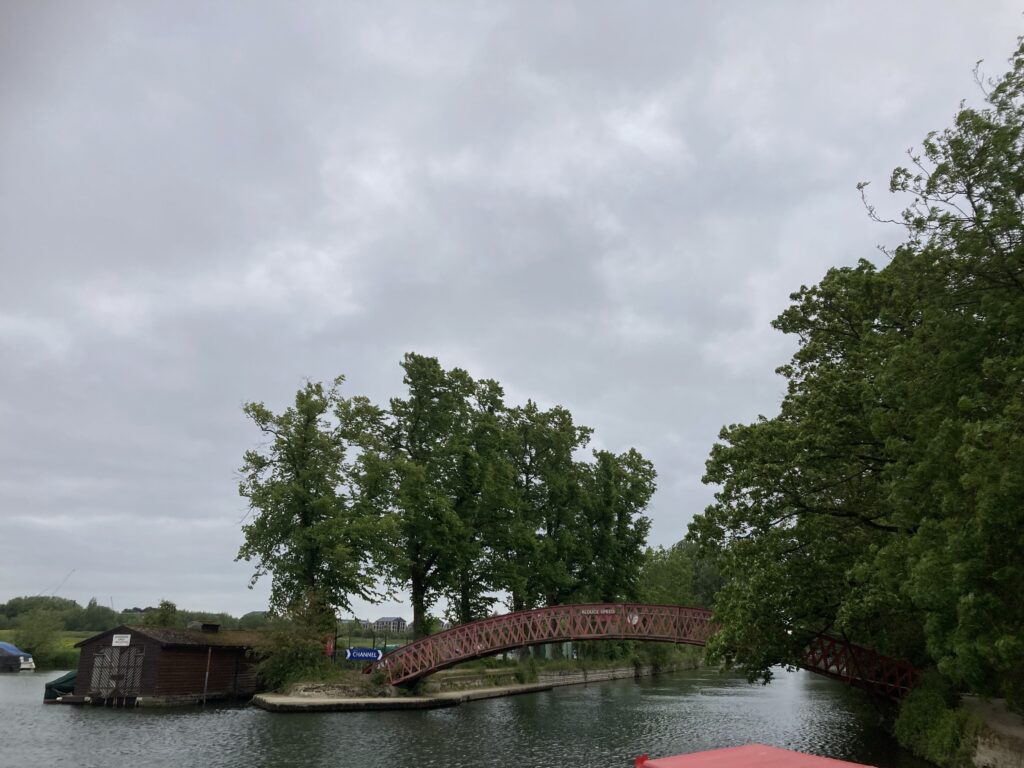
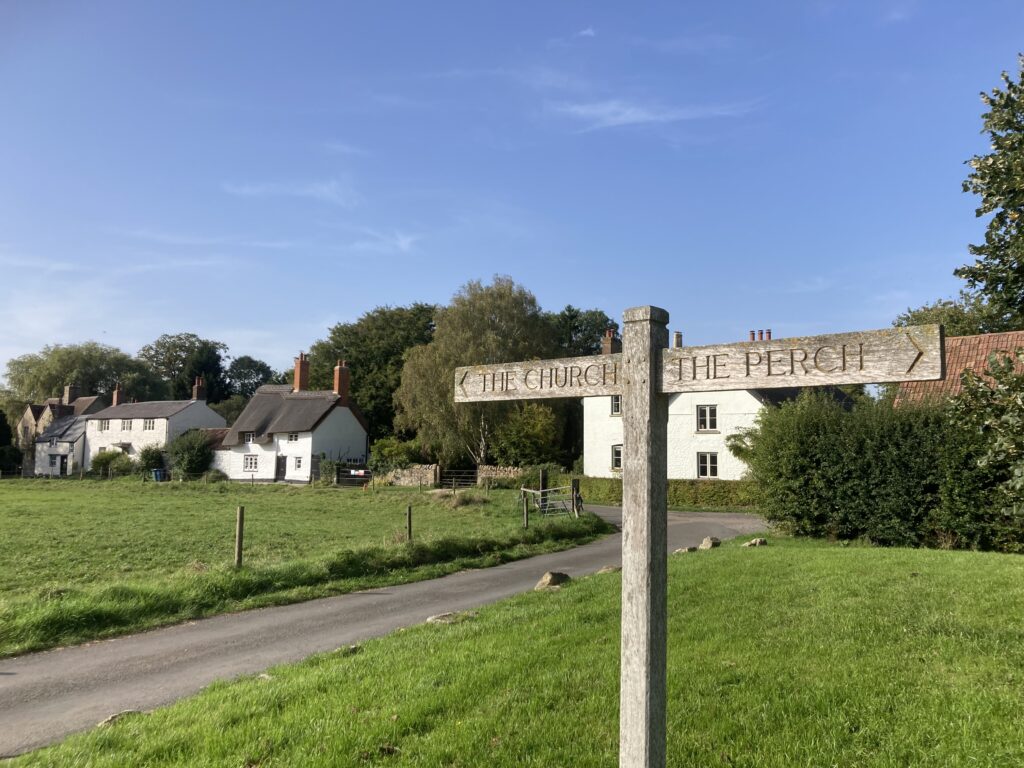
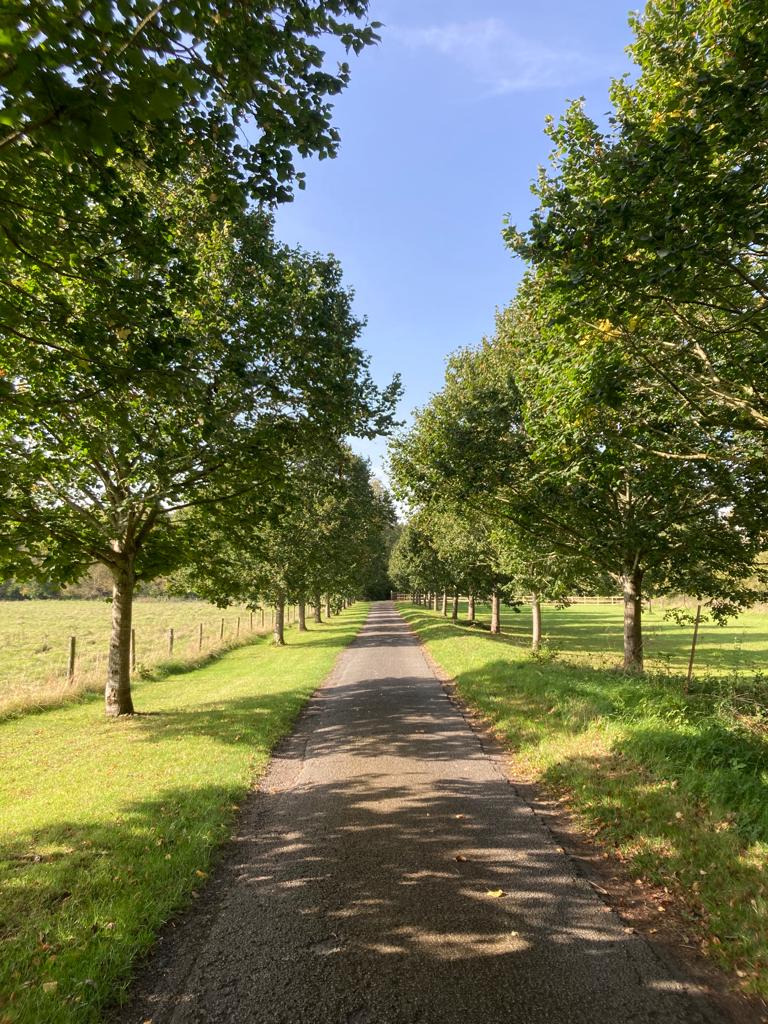
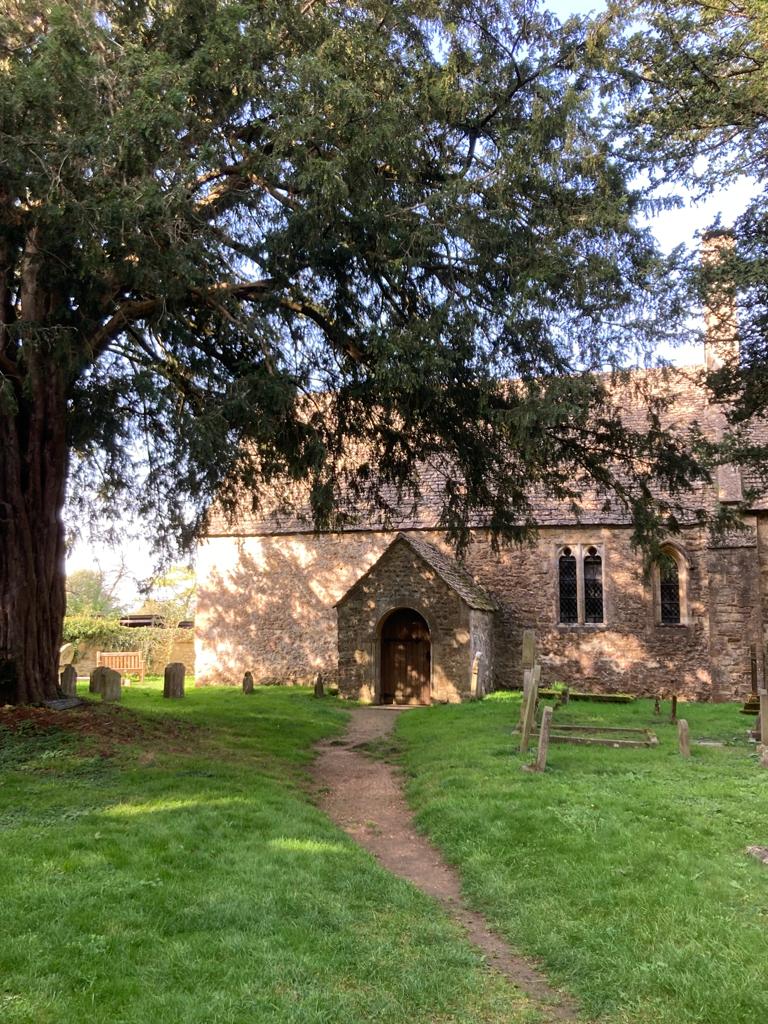
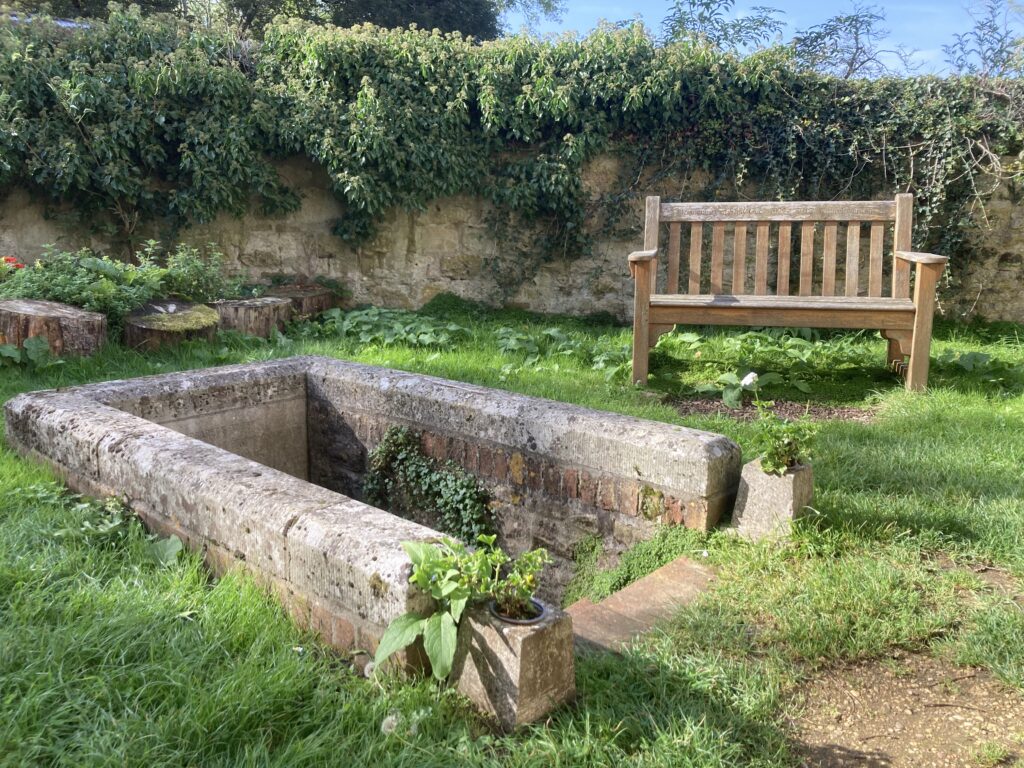
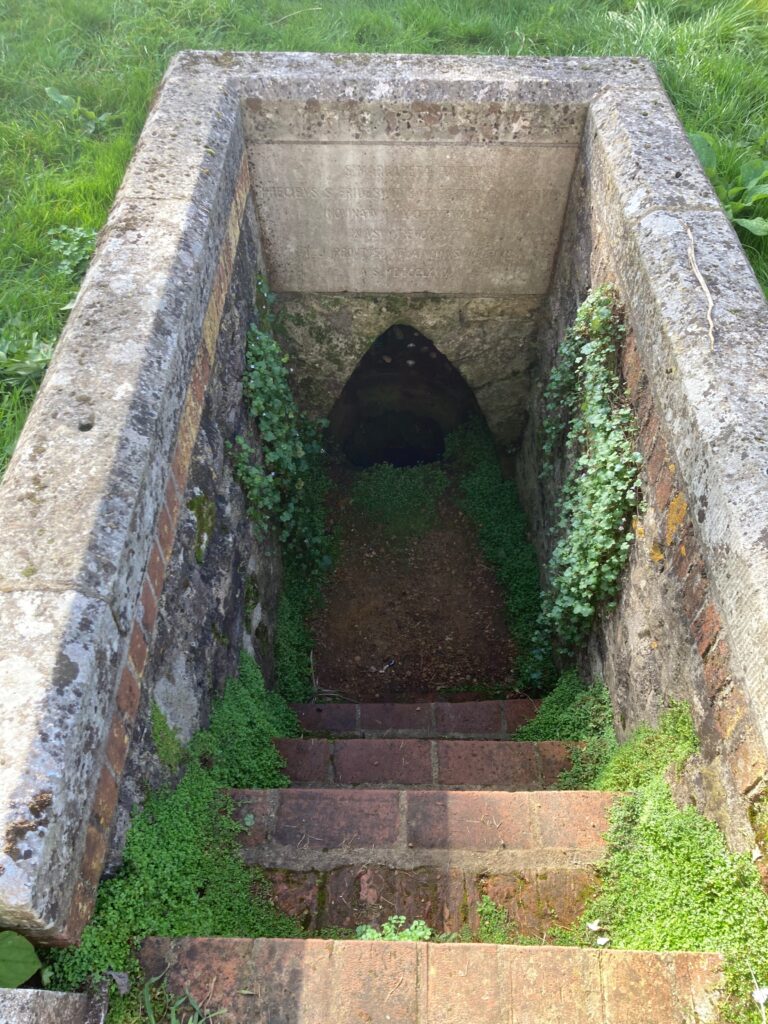
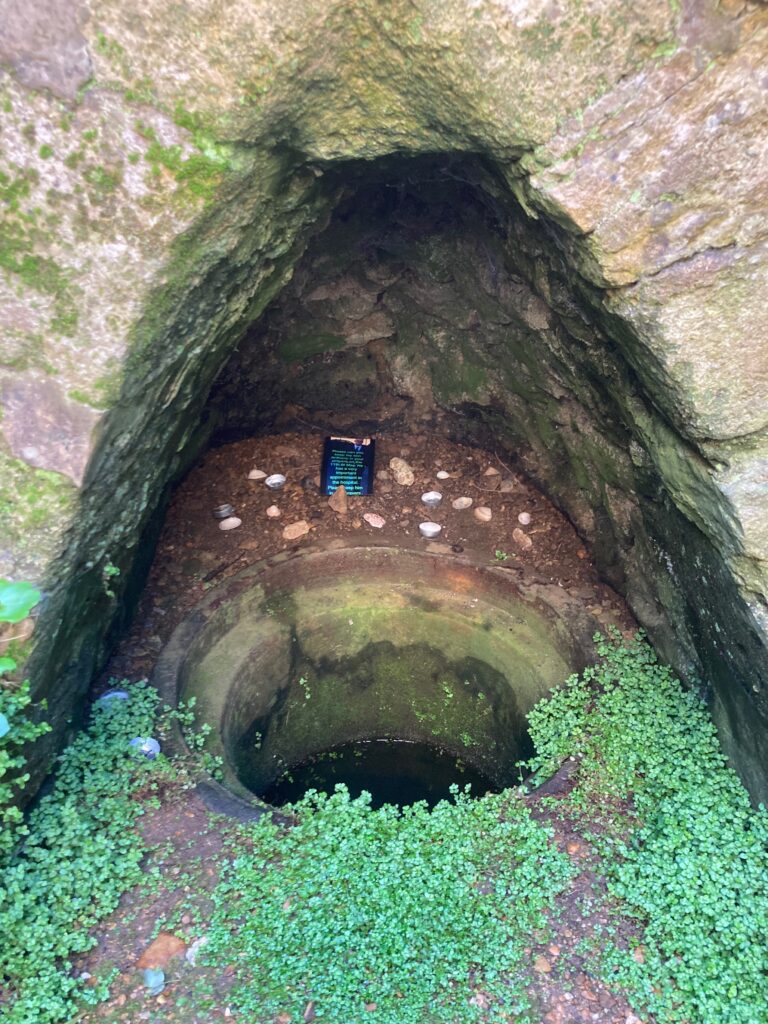
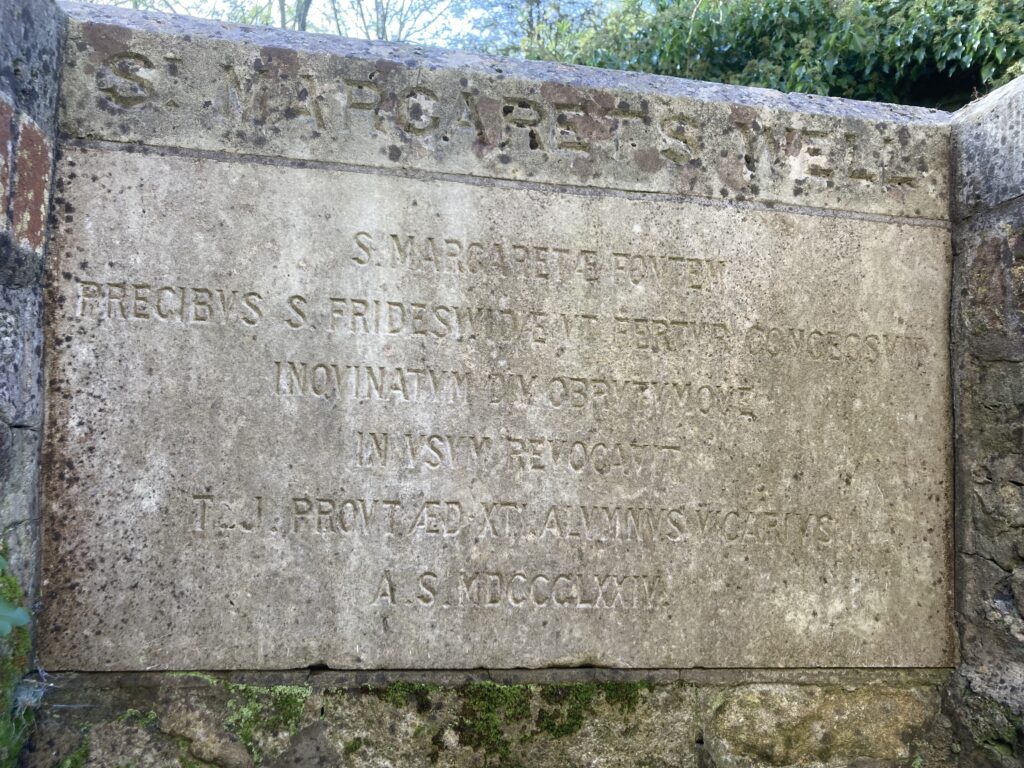
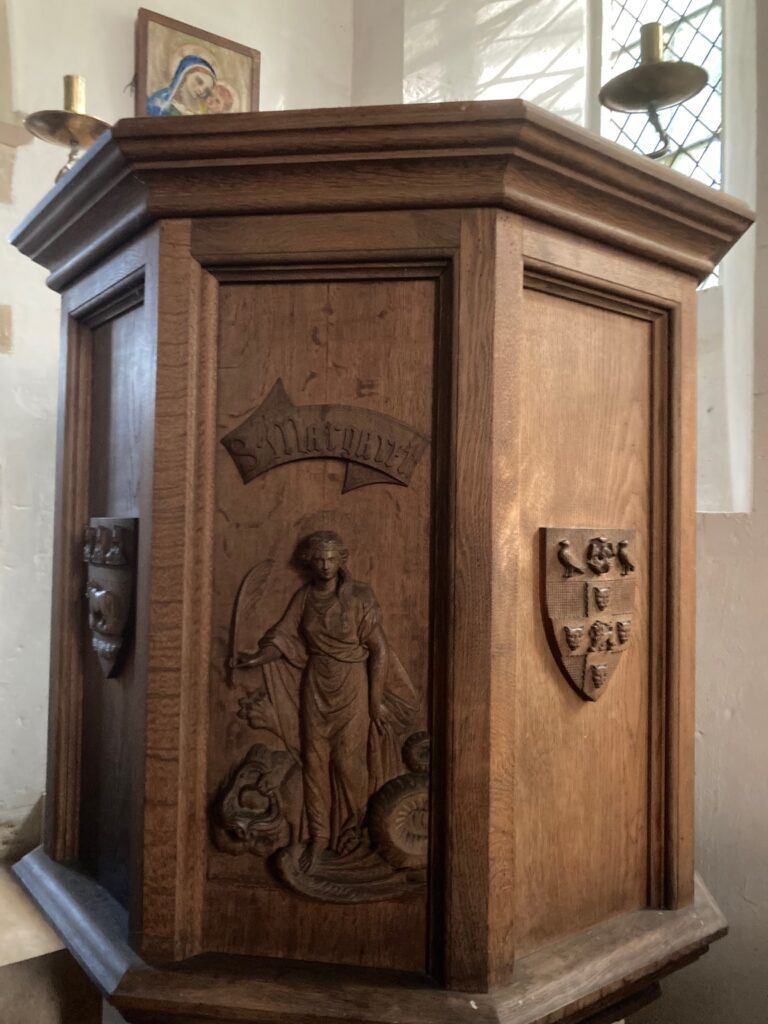
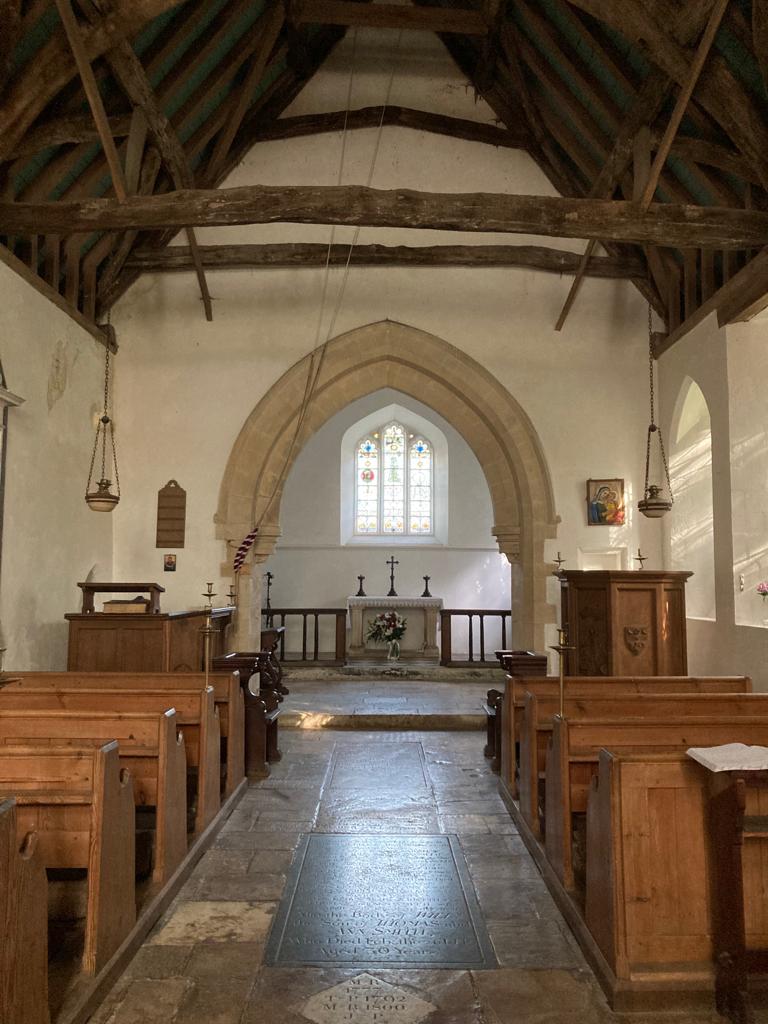
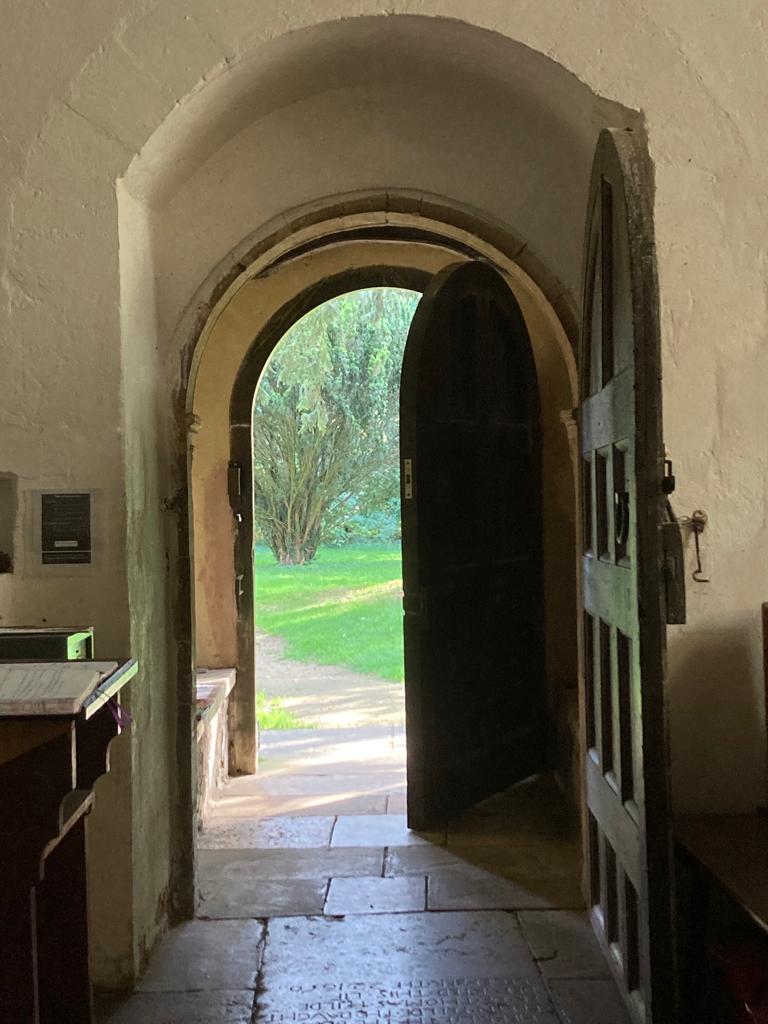
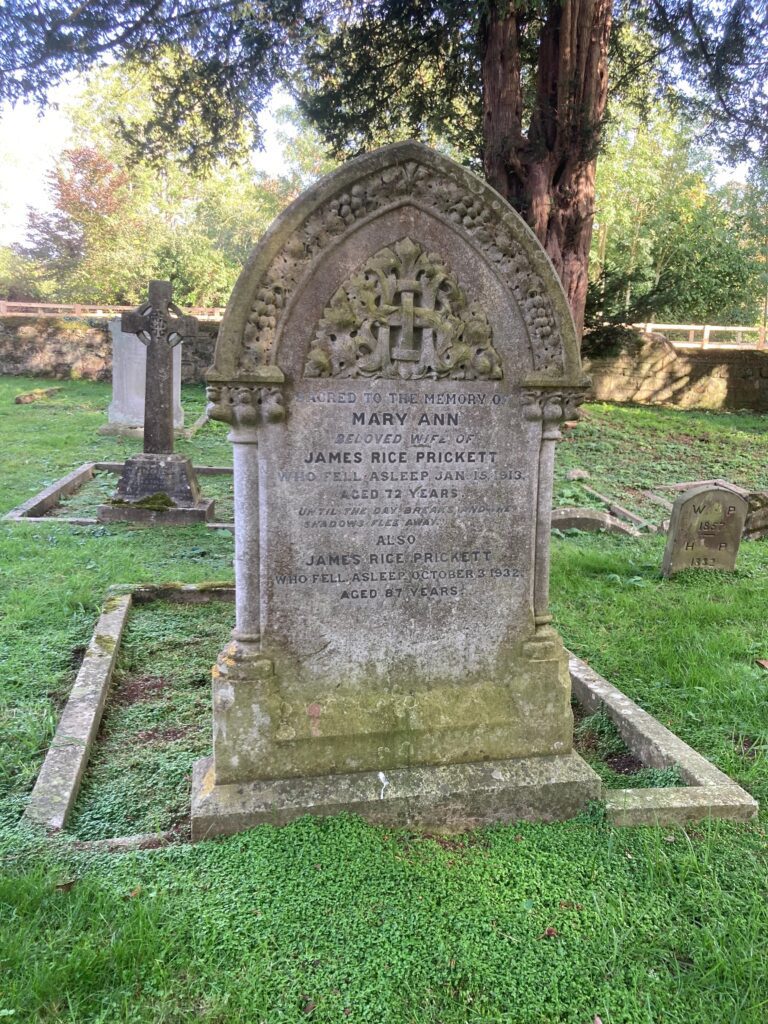
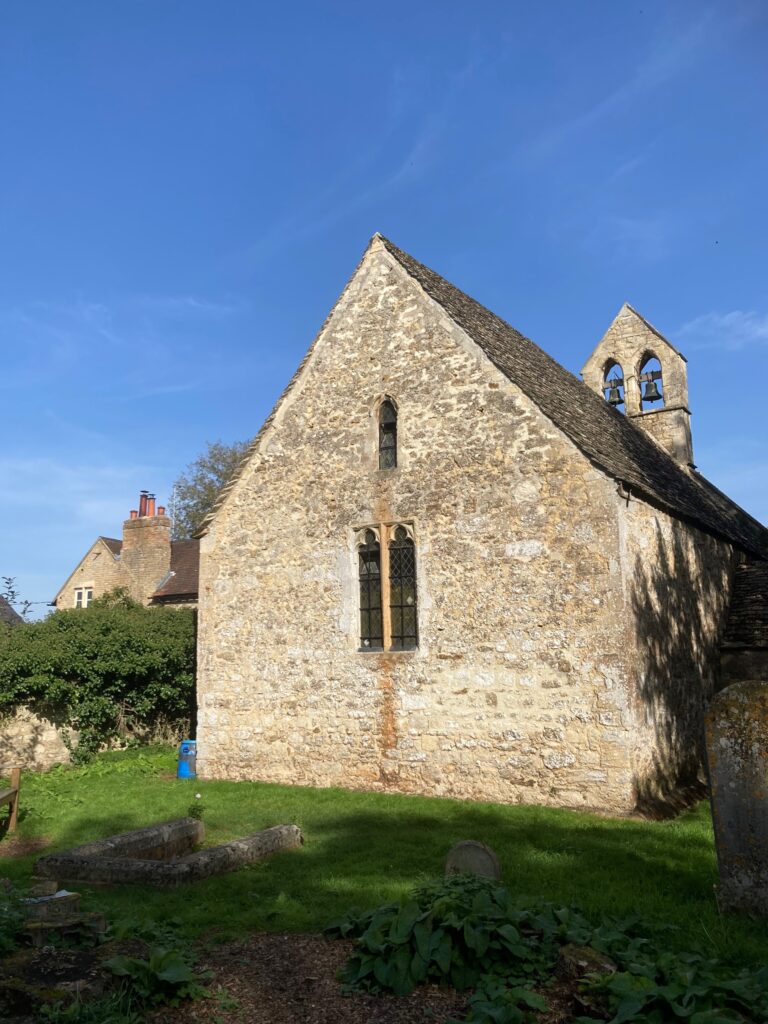
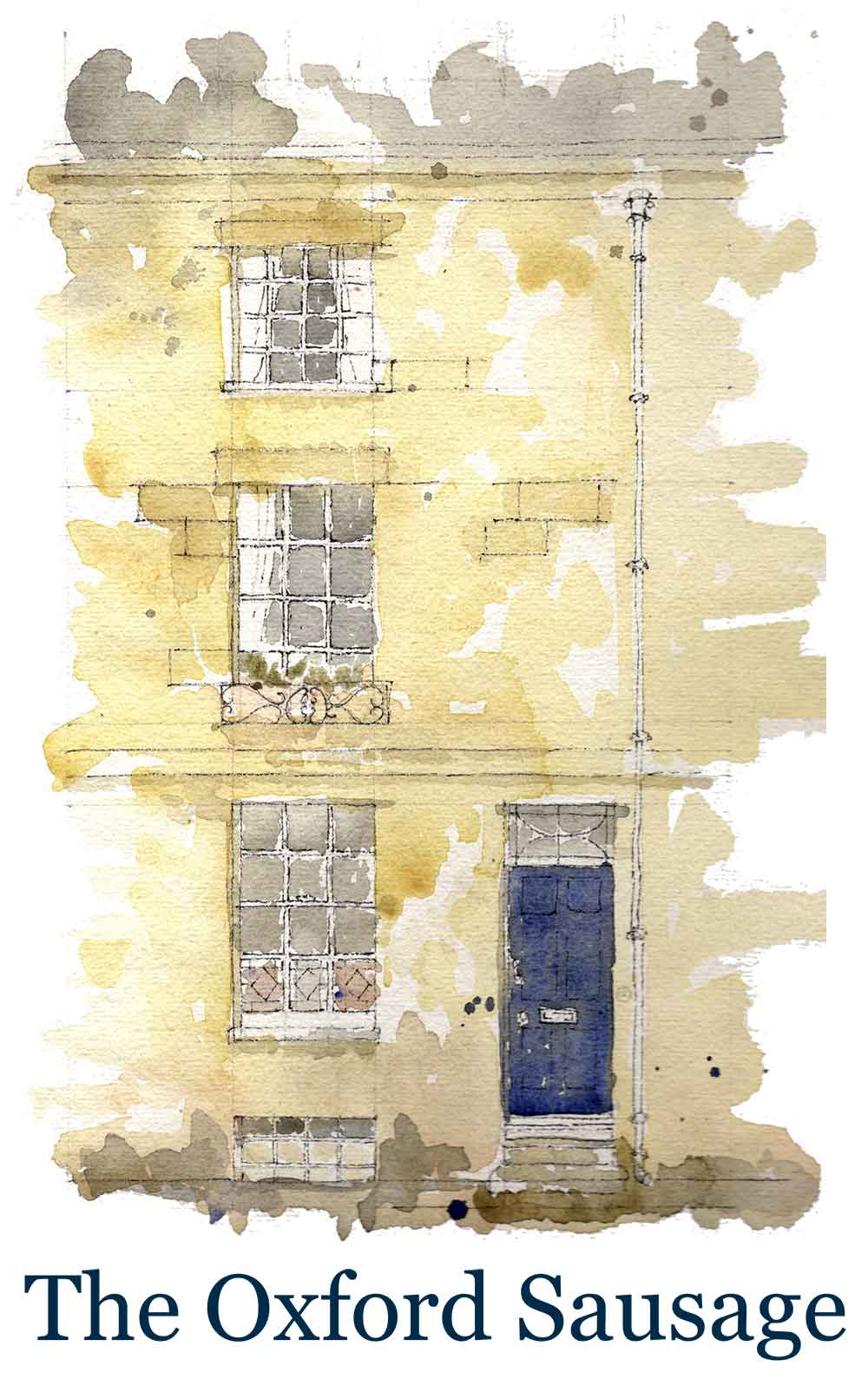
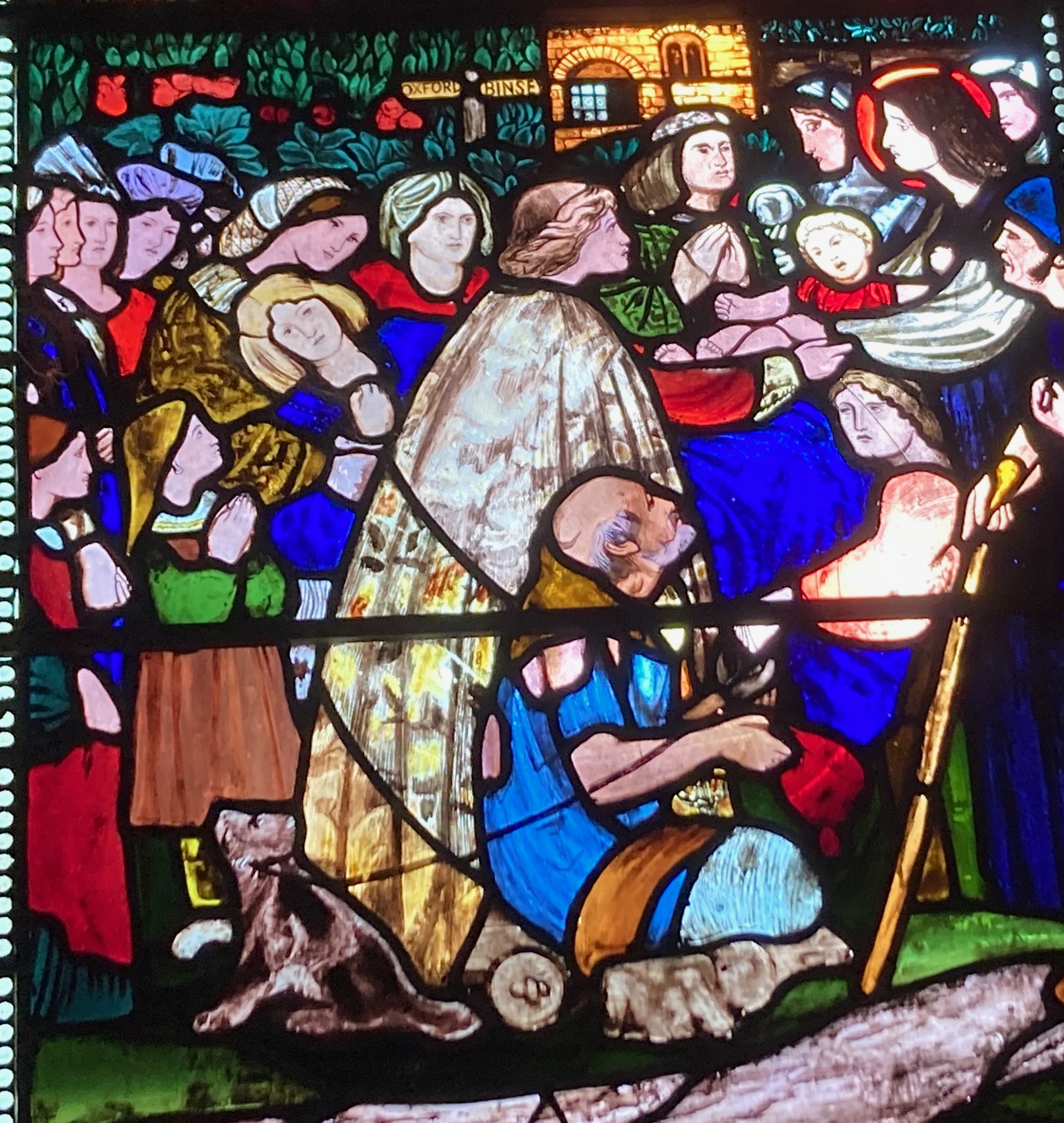
1 Comment
Join the discussion and tell us your opinion.
Beautifully written and illustrated. Delicious with coffee, croissants and jam (no treacle) this Sunday morning.